52 weekend getaways: Historic trips
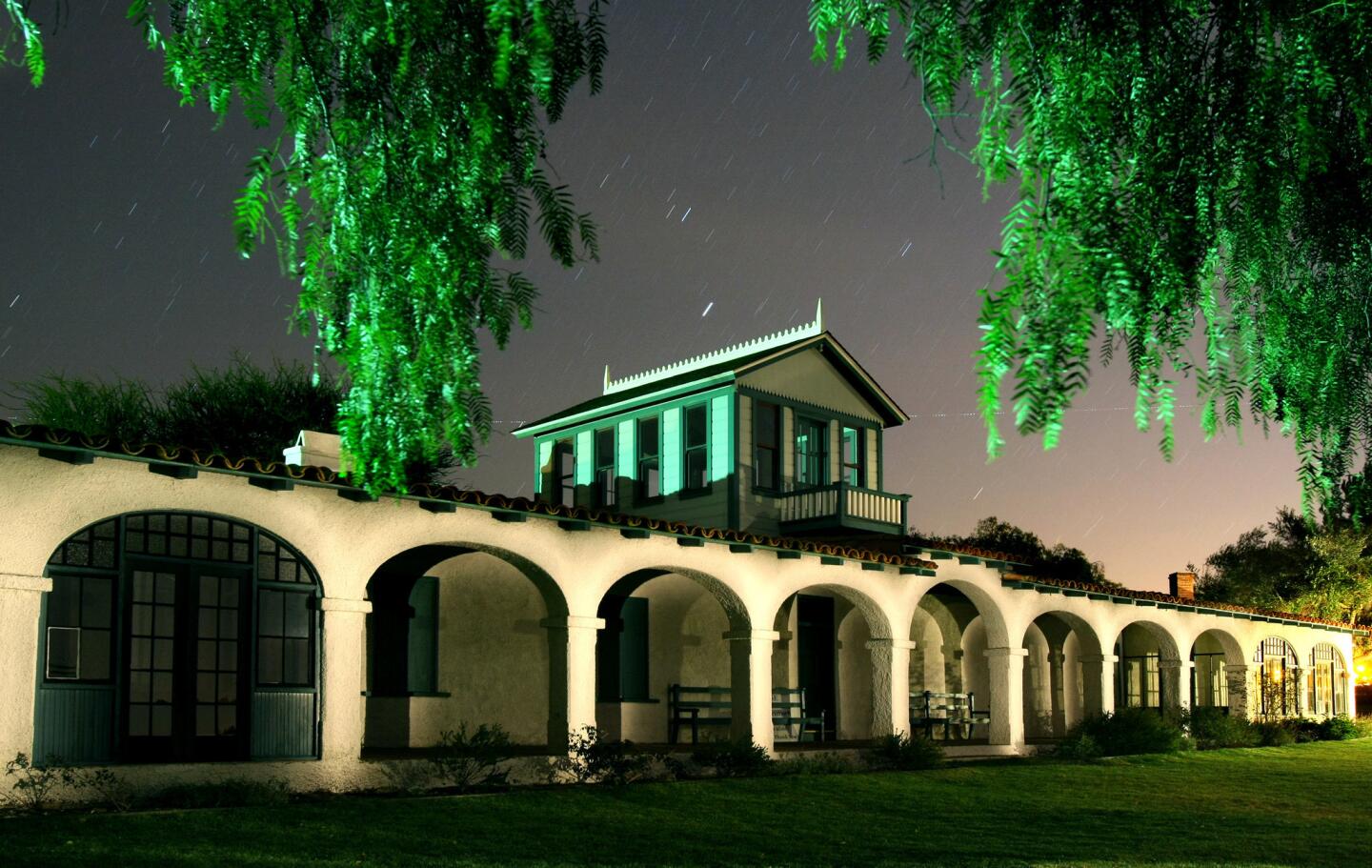
Why, you may ask, are we rushing north on Interstate 5 and veering east on California 126 into the Santa Clara Valley? Why are we pulling off the road by a fruit stand and slipping into the backyard? Are we going to tip a cow? Steal oranges?
We are not. We are here for a date with a black-haired, blue-eyed beauty named Ramona.
She is, by at least one historian’s reckoning, “the most important woman in the history of Southern California.”
-- Christopher Reynolds
Read more: On the trail of ‘Ramona’ in California
Planning your trip:
Rancho Camulos Museum 5164 E. Telegraph Road (California 126), Piru; (805) 521-1501, www.ranchocamulos.org.
Guajome County Park 2210 N. Santa Fe Ave., Vista; (760) 724-4082, www.co.san-diego.ca.us/parks.
Old Town San Diego State Historic Park; 4002 Wallace St., San Diego; (619) 220-5422, www.parks.ca.gov.
Ramona Bowl Amphitheatre 27400 Ramona Bowl Road, Hemet; (800) 645-4465.
(Don Bartletti / Los Angeles Times)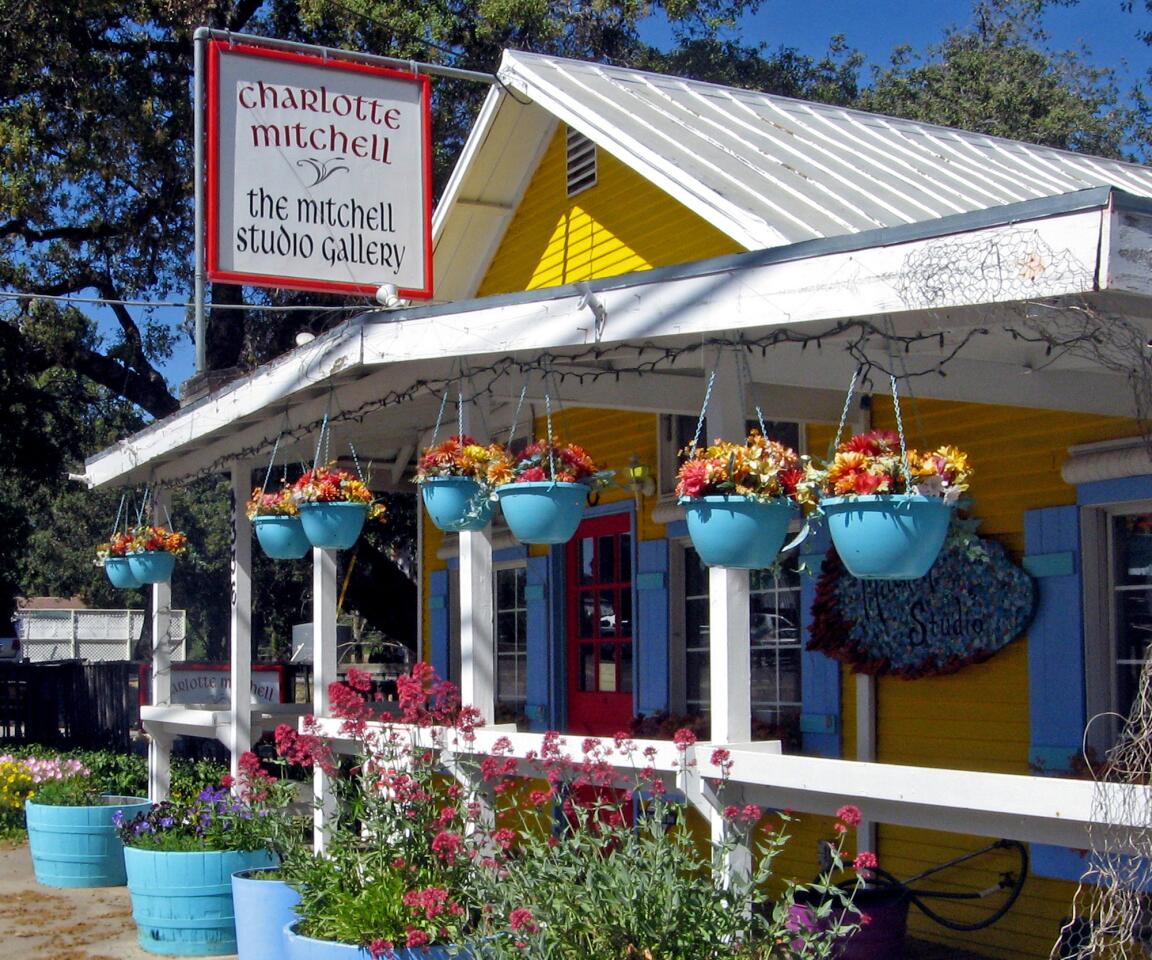
Gold!
Those flecks, spotted in these hills above Julian in the winter of 1869, set off San Diego County’s only gold rush -- and gave birth to the mining camp that is now this picturesque mountain town 145 miles southeast of Los Angeles.
Some of the 800 prospectors who flocked to the area struck it rich -- before the boom went bust seven years later, after producing about $2 million in gold ($150 million in today’s dollars). Today, the Old West lives on in Julian, with its wooden sidewalks and 19th century brick and wood buildings.
-- Beverly Beyette
Read more: Julian mining its history with Gold Rush Days
Planning your trip:
Julian Chamber of Commerce, 2129 Main St.; (760) 765-1857, www.julianca.com.
(Beverly Beyette / For The Times )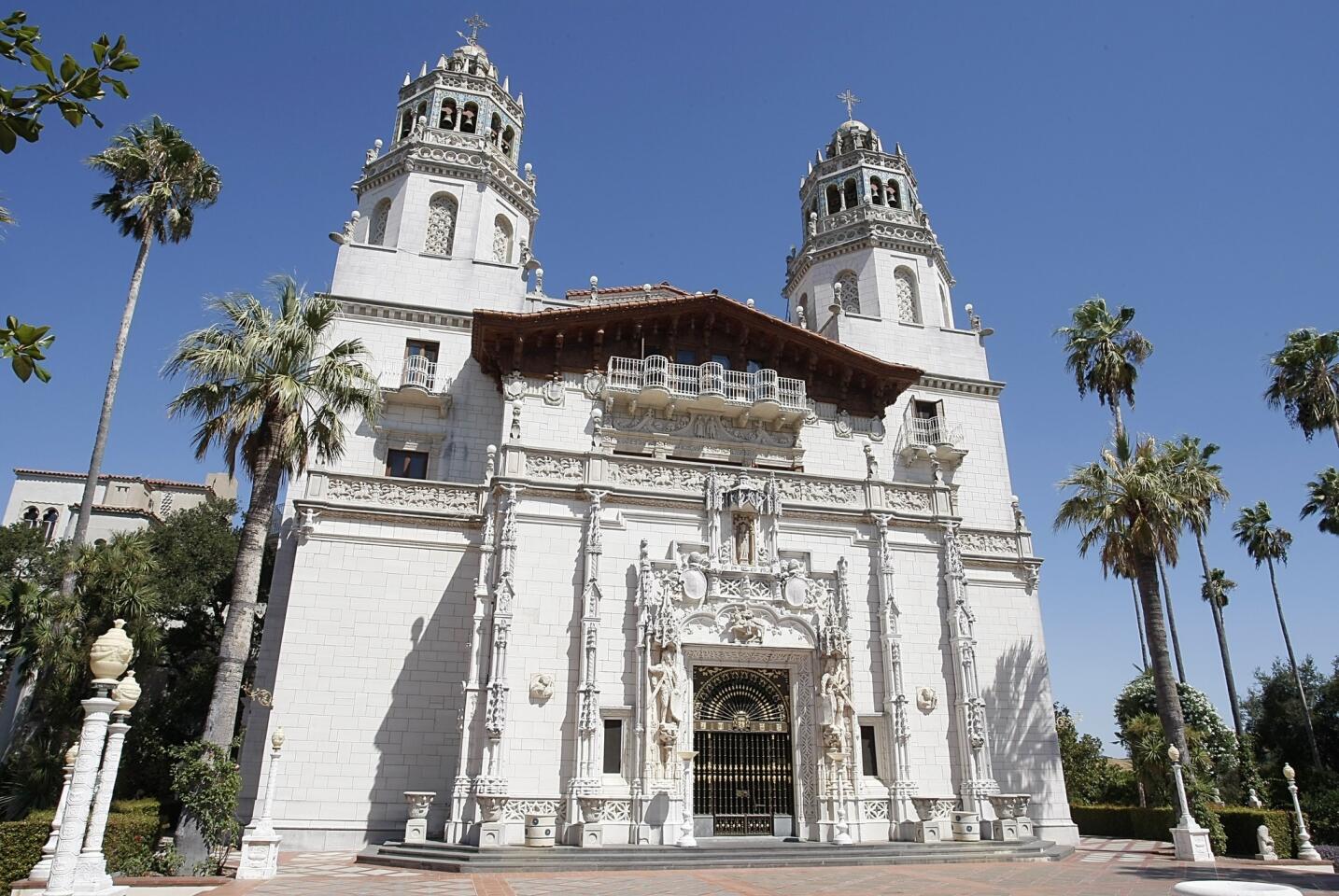
Hearst Castle, donated to the state by the
-- Christopher Reynolds
Read more: Behind the scenes at Hearst Castle
Planning your trip:
Drive north on Interstate 5 or U.S. 101, then head west to California 1 northbound. About 240 miles north of Los Angeles, nine miles north of Cambria and one mile north of hotel-heavy San Simeon Village, you reach the exit for Hearst Castle.
(Dan Steinberg / Associated Press)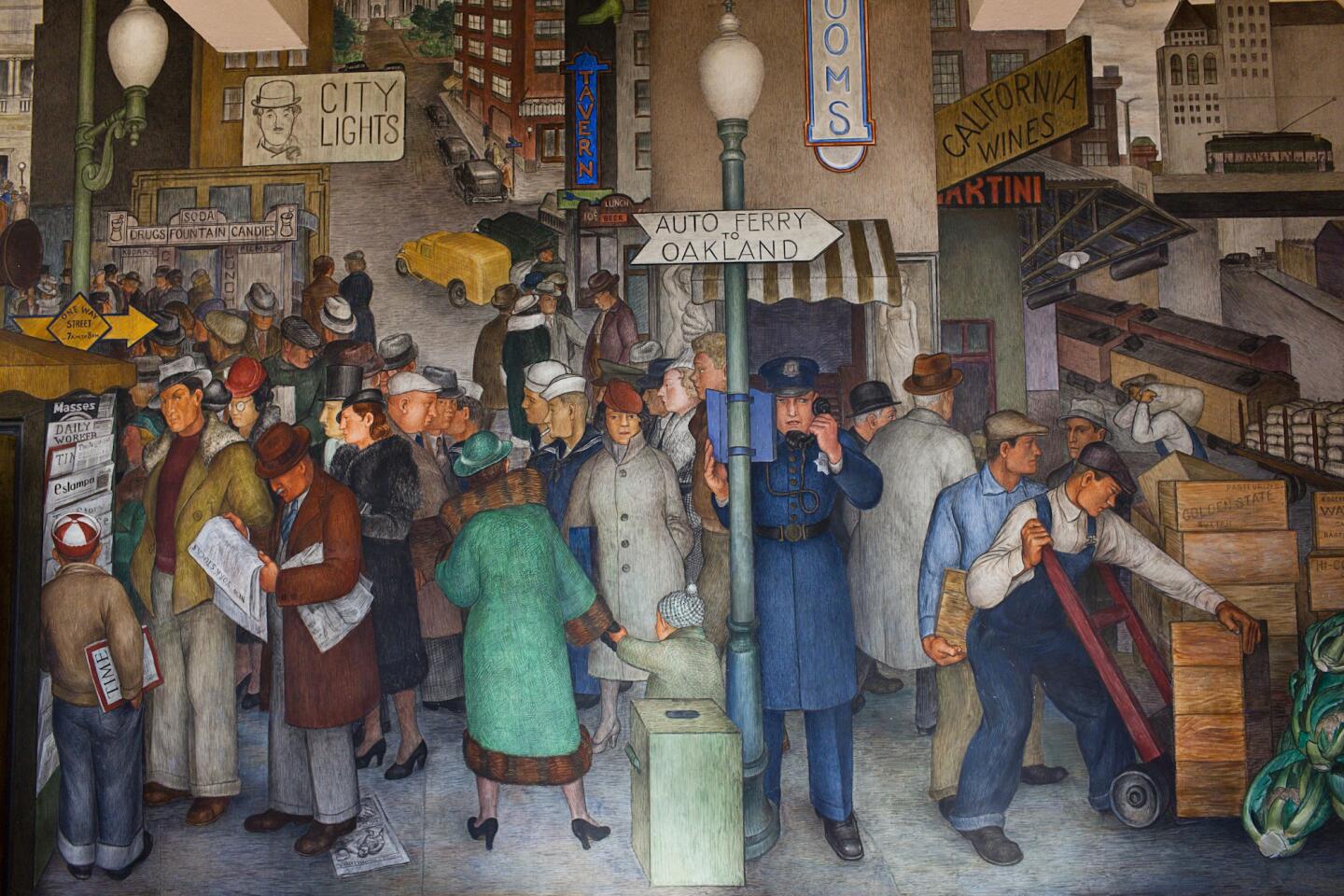
In the face of the hard times between 1929 and 1941, including a bitter maritime strike in 1934, all sorts of strange and wonderful creations and transformations emerged in San Francisco. Murals. Bridges. Even a couple of islands.
In my single-minded mission, I made it to the first nine of these 11 Depression-era landmarks in 24 hours. As a saner, slower traveler, you could easily cover five in a weekend. Most are inexpensive or free. And you’ve probably already visited several Depression landmarks without thinking of them that way.
-- Christopher Reynolds
Read more: Exploring the Depression’s artistic legacy in San Francisco
Planning your trip:
San Francisco City Guides, (www.sfcityguides.org), an all-volunteer walking-tour organization arranges walks to about 30 city sites every month, including many ‘30s landmarks.
(Dave Getzschman / For the Times)Advertisement
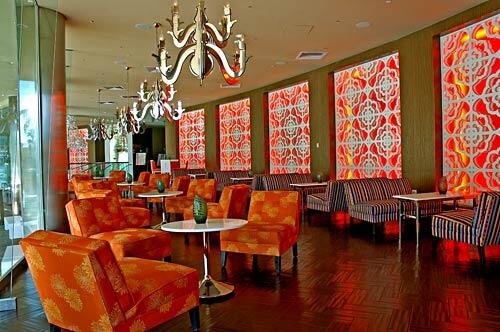
Yes, 1959 was a swinging year in Palm Springs. And it’s not over yet.
Thanks to legions of preservationists, entrepreneurs, publishers and design-driven travelers, the cult of Desert Modernism gets bigger and bigger, drawing all sorts of retro pilgrims to Palm Springs, including me.
Inspired by one new book about Palm Springs and another about the ‘50s, I spent three October days in the desert, all dedicated to the pursuit of news, views and fun from 1959.
Read more: A visit to 1959 Palm Springs
Planning your trip:
Palm Springs Bureau of Tourism, www.palm-springs.org.
Palm Springs Desert Resort Communities Convention and Visitors Authority, www.palmspringsusa.com.
Palm Springs Modern Committee, www.psmodcom.com.
Pictured: The Riviera Resort & Spa
(Christopher Reynolds / Los Angeles Times)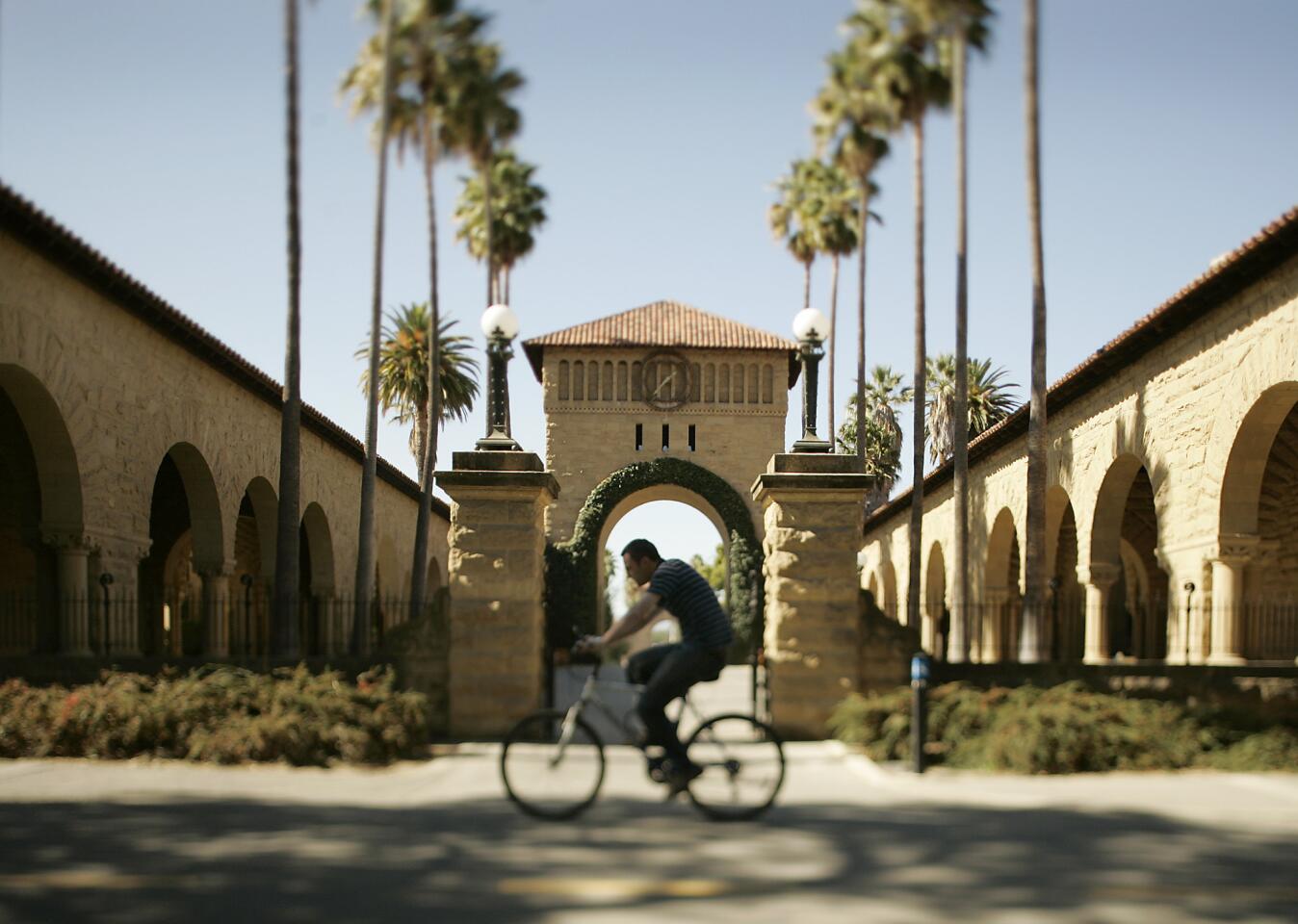
I’ve never taken an antidepressant, but if the time comes, I’m hoping the effect will be like that of driving onto the Stanford campus for the first time.
As the towering palm trees march past in the raking light of a fall afternoon, the gentle declivity of a grassy oval comes into view, gamboling youths upon it and a cluster of red blossoms in the shape of an “S.”
Then you notice the first stately sandstone buildings, the glittering Memorial Church facade beyond them, a beaming undergrad gliding down an arcade on her bike. And as a gentle breeze brushes past the campus lake and golf course, you try to imagine a bitter argument between those who say these buildings are more Richardsonian Romanesque and those who insist they’re more rooted in Mission Revival.
-- Christopher Reynolds
Read more: Embraced by the ‘Stanford bubble’
Planning your trip:
Free one-hour tours begin at the front steps of Stanford’s Memorial Auditorium (Visitor Center, 551 Serra Mall, [650] 723-2560) at 11 a.m. and 3:15 p.m. More info: www.stanford.edu/dept/visitorinfo.
(Al Seib / Los Angeles Times)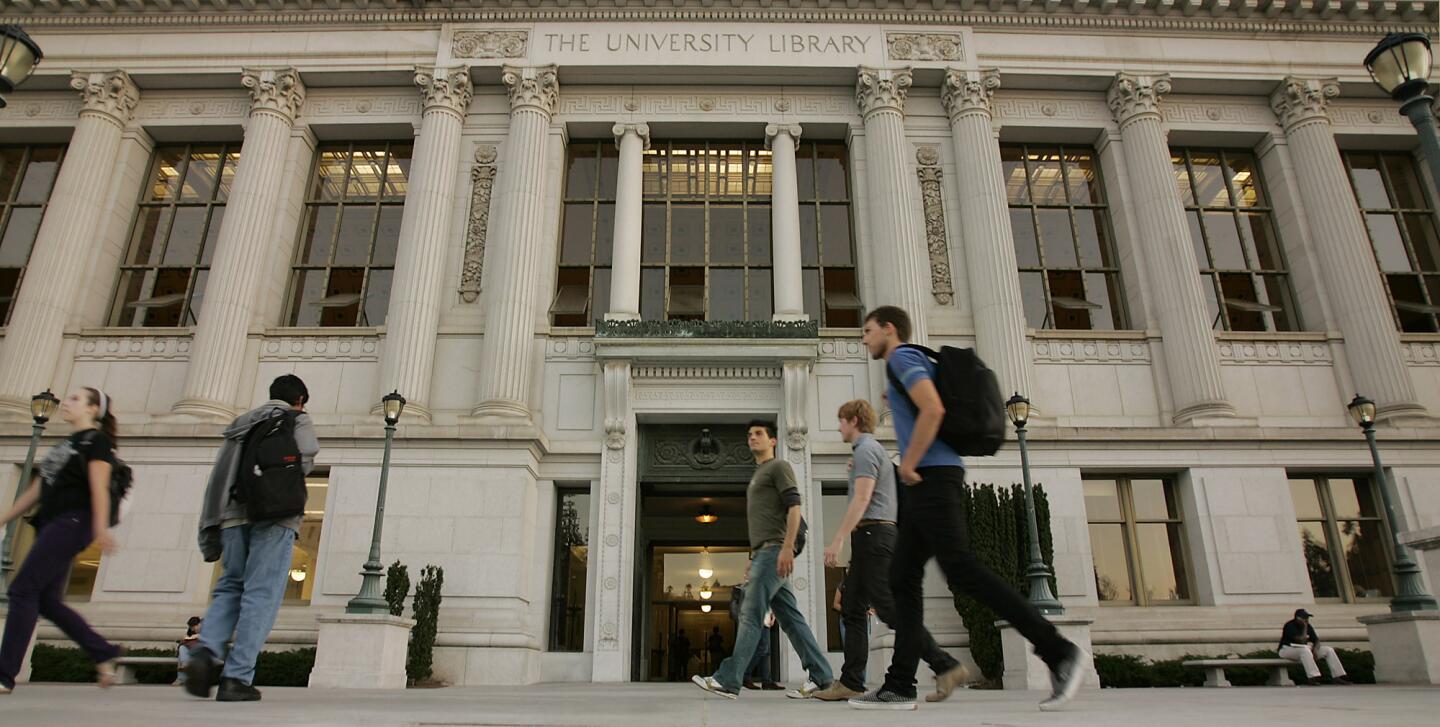
Berkeley, the city, is a famously liberal enclave of 102,000 people wedged into about 10 square miles just north of Oakland. Berkeley, the campus, is 1,232 acres of that, but most of the action is in the 178-acre central core, which faces San Francisco Bay from the low slopes of the Berkeley Hills.
That core area is where you find the school’s key landmarks, including the 307-foot Campanile (a.k.a. Sather Tower, which serves as a North Star to many a meandering freshman), Sproul Plaza and stodgy old South Hall, which goes back to this school’s early days in 1873.
-- Christopher Reynolds
Read more: Berkeley changes with the times
Planning your trip:
Student guides lead walking tours of the campus at 10 a.m. daily, with additional 1 p.m. tours on weekends. They last 90 minutes and end near Sather Gate. On weekdays, the tours start at 101 University Hall, 2200 University Ave., at the corner of Oxford Street, and end at Sproul Plaza. Weekend tours start at the Campanile (Sather Tower) in the center of campus. More info: (510) 642-5215, visitors.berkeley.edu.
(Al Seib / Los Angeles Times)


